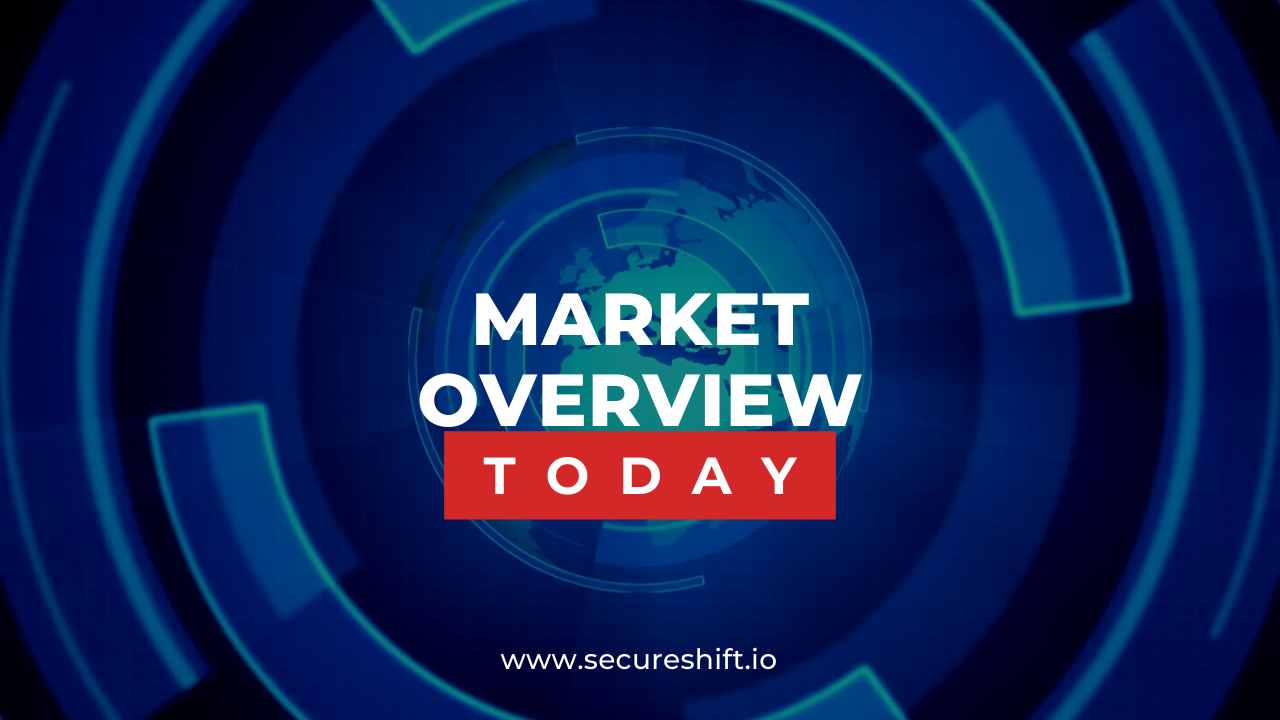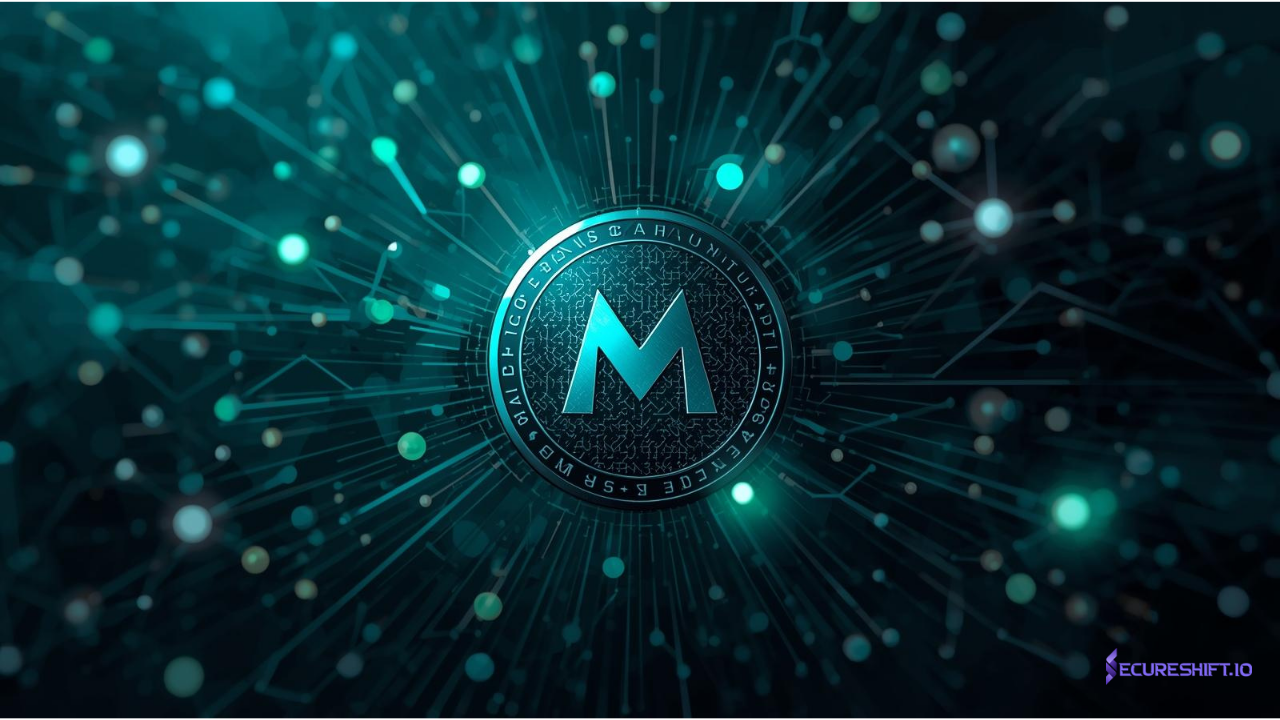-1755515070.png)
Bitcoin Exchannge: Ultimate Guide to Secure & Profitable Trading
Introduction to Bitcoin Exchange
The world of cryptocurrencies continues to expand, and at the center of this digital economy lies the Bitcoin Exchange. Acting as gateways between traditional finance and decentralized currencies, exchanges make it possible for anyone to buy, sell, and trade Bitcoin with just a few clicks. But with hundreds of platforms available, how do you know which one to trust? This guide dives deep into the mechanics, risks, and future of Bitcoin exchanges—helping you trade smarter and safer.
Table of Contents
- Introduction to Bitcoin Exchannge
- What is a Bitcoin Exchannge?
- How Does a Bitcoin Exchannge Work?
- Top Features to Look for in a Bitcoin Exchannge
- Best Bitcoin Exchannge Platforms in 2025
- How to Choose the Right Bitcoin Exchannge for You
- Step-by-Step Guide to Using a Bitcoin Exchannge
- Risks and Challenges of Bitcoin Exchannge
- Future of Bitcoin Exchannge in 2025 and Beyond
- Frequently Asked Questions (FAQs)
- Conclusion
What is a Bitcoin Exchange?
A Bitcoin exchange is an online platform where users can trade Bitcoin for other cryptocurrencies or fiat money (like USD, EUR, or GBP). Think of it as a stock market for digital assets, where supply and demand determine the price.
The Role of Exchanges in the Crypto Ecosystem
Exchanges aren’t just for trading—they fuel liquidity, adoption, and innovation. They serve as:
On-ramps for new crypto investors.
Liquidity providers that stabilize Bitcoin prices.
Security custodians that protect user assets.
Difference Between Centralized and Decentralized Exchanges
Centralized Exchanges (CEX): Platforms like Binance, Coinbase, Kraken. They are user-friendly, regulated, but require KYC (Know Your Customer) verification.
Decentralized Exchanges (DEX): Examples include Uniswap and PancakeSwap. They run on blockchain smart contracts, requiring no KYC, but often lack liquidity and customer support.
How Does a Bitcoin Exchange Work?
Trading Bitcoin involves a marketplace where buyers and sellers match orders.
Order Books and Liquidity
An order book records buy and sell offers. The higher the liquidity, the faster and fairer trades occur.
Trading Pairs and Market Orders
Exchanges offer trading pairs (e.g., BTC/USDT, BTC/USD). Users can place market orders (instant trades) or limit orders (set a price target).
Top Features to Look for in a Bitcoin Exchange
Not all exchanges are created equal. Here’s what matters most:
Security Measures and Cold Wallets
Look for exchanges that use cold storage, 2FA authentication, and insurance funds.
User-Friendly Interface
Beginners need simple dashboards, while pros need advanced charting tools.
Fees, Spreads, and Transaction Costs
Trading fees typically range from 0.1% to 0.5%, but spreads can vary. Always compare platforms before depositing funds.
Best Bitcoin Exchange Platforms in 2025
With so many options, choosing the right exchange can feel overwhelming. Here are the top platforms dominating 2025:
Binance
Binance remains the world’s largest exchange by trading volume. It offers hundreds of trading pairs, low fees (0.1%), and advanced features like futures, staking, and launchpads. For security, Binance uses SAFU insurance funds and cold wallet storage.
Coinbase
Coinbase is the go-to exchange for beginners in the US and Europe. Its easy-to-use app allows quick Bitcoin purchases using credit cards and bank transfers. Although fees are slightly higher, its strong regulation and insurance policies make it a safe choice.
Kraken
Known for robust security and margin trading options, Kraken is a favorite among professional traders. It offers fiat gateways in multiple currencies and is often praised for its transparent fee structure.
Decentralized Exchanges (DEXs)
For users who value privacy, DEXs like Uniswap, PancakeSwap, and dYdX provide peer-to-peer trading without KYC. However, they often suffer from low liquidity, higher slippage, and limited customer support.
How to Choose the Right Bitcoin Exchange for You
Picking the best exchange depends on your goals, location, and comfort level.
Location and Regulations
Ensure the exchange is licensed in your country. Some platforms may block users from restricted regions.
Payment Methods and Fiat Options
Check whether the platform supports credit/debit cards, bank transfers, or PayPal. Also, confirm if your local fiat currency is supported.
Reputation and Customer Support
Before signing up, read community reviews on Reddit and Trustpilot. Look for exchanges with 24/7 support via chat, email, or phone.
Step-by-Step Guide to Using a Bitcoin Exchange
If you’re new to crypto, here’s a quick roadmap:
1. Creating an Account
Visit the official exchange website.
Sign up with your email address.
Set up a strong password and enable 2FA (two-factor authentication).
2. Completing KYC Verification
Most centralized exchanges require identity verification.
Upload your government ID.
Complete facial recognition (if required).
Wait for approval, usually within 24 hours.
3. Depositing Funds and Buying Bitcoin
Choose a funding method (bank transfer, card, crypto deposit).
Select the BTC/Fiat trading pair (e.g., BTC/USD).
Place a market order (buy instantly) or a limit order (buy at a set price).
Risks and Challenges of Bitcoin Exchange
Like any investment, Bitcoin exchanges come with risks.
Hacking and Cybersecurity Threats
Exchanges are frequent targets of cyberattacks. Billions have been stolen in past hacks, making cold storage wallets essential for long-term holding.
Regulatory Risks
Governments worldwide are tightening crypto regulations. Some exchanges may suspend services if they fail to comply.
Market Volatility
Bitcoin prices can swing 10–20% in a single day. Traders should use stop-loss orders and avoid over-leveraging.
Future of Bitcoin Exchange in 2025 and Beyond
The industry continues to evolve rapidly.
AI and Machine Learning in Trading
Exchanges are integrating AI bots for predictive analytics, helping traders make smarter decisions.
Institutional Adoption
Big banks and hedge funds are entering the space, pushing for greater regulation and liquidity.
Layer-2 Solutions and Lightning Network
Exchanges are adopting Lightning Network technology for faster, cheaper Bitcoin transactions.
Frequently Asked Questions (FAQs)
1. What is the safest Bitcoin exchange in 2025?
Platforms like Coinbase, Binance, and Kraken are considered safe due to strict regulations and insurance policies.
2. Can I buy Bitcoin without KYC verification?
Yes, but only on Decentralized Exchanges (DEXs). However, these come with higher risks and no customer support.
3. How much do exchanges charge in fees?
Fees typically range from 0.1% to 0.5% per trade, depending on the platform and trading volume.
4. Is it better to keep Bitcoin on an exchange or in a wallet?
For long-term holding, use a hardware wallet. Exchanges are great for trading but not the safest for storage.
5. Can I use PayPal to buy Bitcoin?
Yes, platforms like Coinbase and eToro allow Bitcoin purchases with PayPal in supported regions.
6. What happens if an exchange gets hacked?
Most reputable exchanges have insurance funds, but recovery may not be guaranteed. Always withdraw to a private wallet for maximum security.
Conclusion
A Bitcoin exchange is your gateway into the world of digital assets. Whether you’re a beginner buying your first Bitcoin or a pro trader managing multiple portfolios, the right exchange can make all the difference. Focus on security, fees, regulations, and user experience when making your choice. And remember—while exchanges make trading easy, self-custody wallets remain the gold standard for protecting your assets.
For further learning, check out resources on Investopedia’s Cryptocurrency Section.



